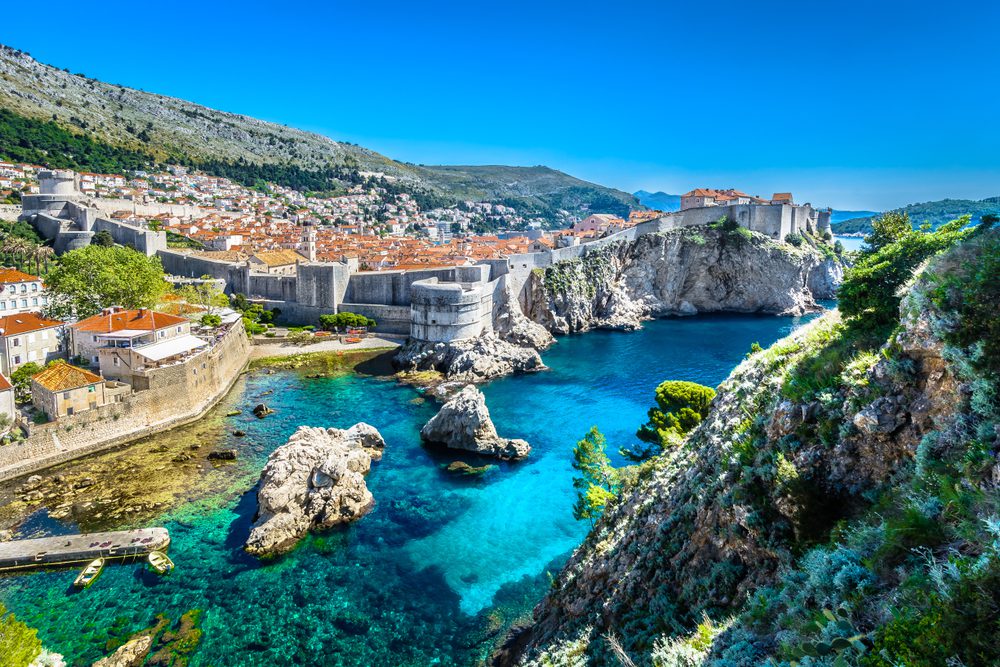


Day 1 – Dubrovnik
Playwright George Bernard Shaw was enchanted by this beautiful city, about which he said ” those who seek paradise on Earth should come to Dubrovnik and see Dubrovnik,” as well as, famously, describing it as” the pearl of the Adriatic”. Dubrovnik truly is a stunning city with its amazing Old Town and its many sights, including the well-preserved city walls which you can walk along.

Day 2 – Mlijet
Isolated and untouched, the island of Mlijet’s mysticism, olive groves, vineyards and rich forests is an ideal place to research the rich flora and fauna of Croatia and to peacefully enjoy the pristine beauty of the natural surroundings. A must-see is the Mljet National Park that covers the western part of this island. This park is significant because of the two deep gulfs, called lakes due to their narrow connection to the open sea, and its dense, diverse Mediterranean vegetation. Mljet is well known for its rich cultural heritage, of which the most impressive example is the 12th century Benedictine monastery complex, located on the small islet in the middle of the lake-inlet.
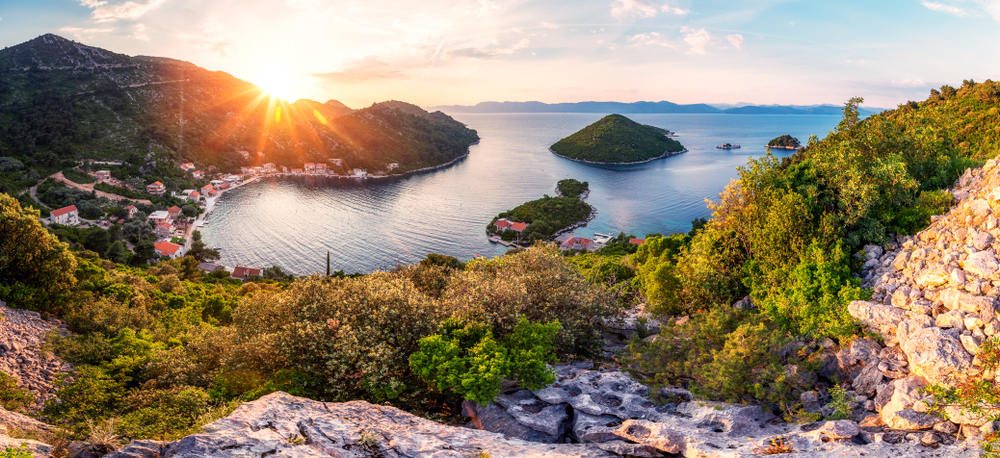
Day 3 – Korcula
Be sure to visit the wooded island of Korcula, as it was named by the ancient Greeks. It is known for the beauty of its nature and for the richness of its historical. Culture and traditional heritage. The Gothic and Renaissance buildings, palaces, churches streets and squared emphasise the harmonious ground plan inside the old town walls of the city of Korcula. For centuries, stone cutting and shipbuilding have been the most important professions in this town. It took local builders 150 years to erect the cathedral of St. Marcus, the most notable building in Korcula. The old knight’s dance Moreska, dating from the 15th century, evokes the battles with the Moors and was popular all over the Mediterranean, but today it has only been preserved on the island Korcula. The greatest world traveller, Marco Polo, also began his great journey in this town.
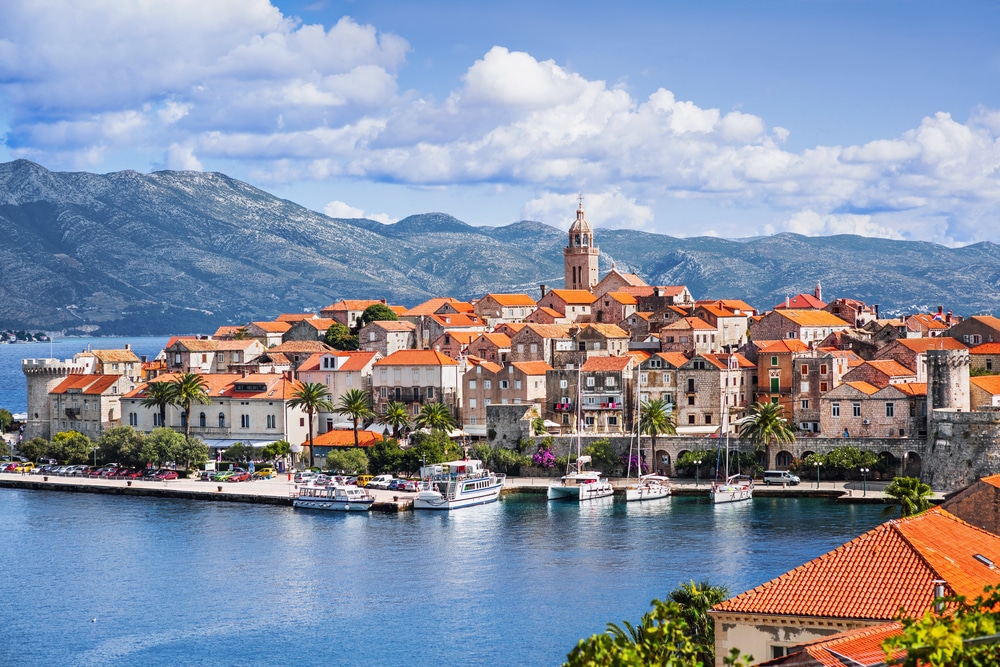
Day 4 – Vis and Bisevo
The island of Bisevo is south-west of the island of Vis. Many caves have been carved into its steep coast. Among these, the Blue Cave (Modra Spilja), with entrances both above and below sea level, should be singled out. When the sea is calm the light diffracts and paints the interior of the cave blue, and anything below the water line, silver. The effect rivals that of the well-known Blue Grotto cave on Capri. If you are very lucky, you will come across the protected species of the Mediterranean monk seal, although it has not been seen in these waters for a long time. We strongly suggest you visit the island of Vis, known for its fishermen, seafarers and beautiful nature. The Greeks founded their first colony on Vis (named Issa) and planted the first grapevine there as early as the 4th century. Two churches from the 16th and the 17th centuries have been preserved, as well as a number of Renaissance houses.
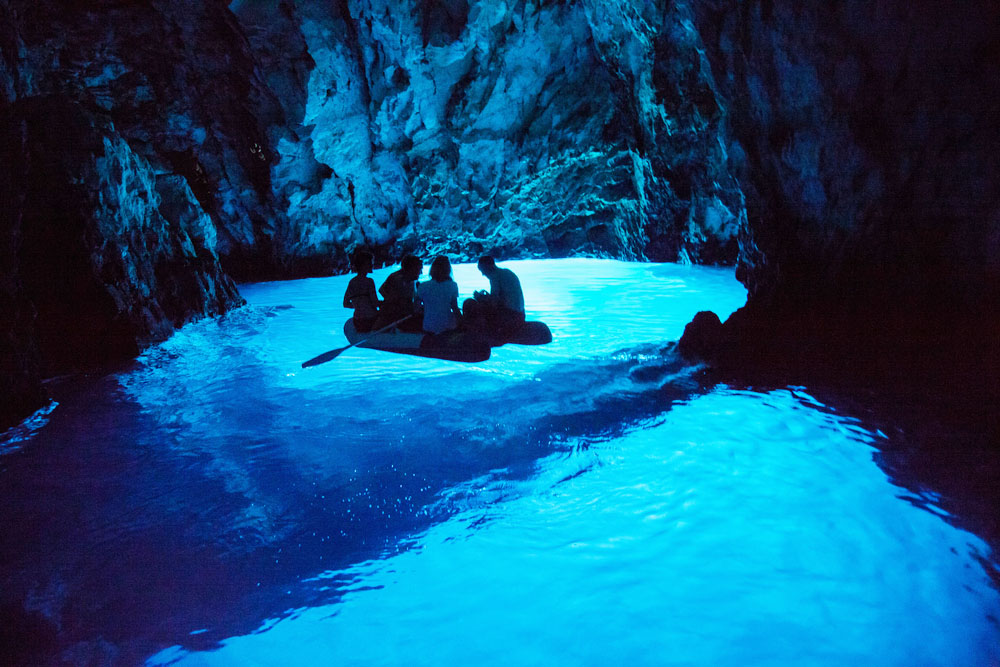
Day 5 – Hvar
The longest Adriatic island, Hvar holds the record for the number of sunny days per year. A lot could be said about the cultural traditions on Hvar. The oldest relief of a ship in Europe was found here and the oldest community theatre in Europe was founded here in 1612, on one of the largest Renaissance squares. There is also the Renaissance cathedral with its original tower, rich treasury and many paintings by Old Masters. Several late Gothic buildings have been preserved on one of the largest squares, the most prominent among them being the unfinished palace of the Renaissance poet Petar Hektorovic. The island of Hvar is also famous for its St. Klement’s islands (Pakleni Otoci) – small, partially wooded islands with gravel and sandy beaches. In the pine forest beyond, there is a fortress, overlooking an exquisite botanical garden. Although the name Hvar means ‘Hell Islands’, they are not menacing at all. In fact, quite the opposite.
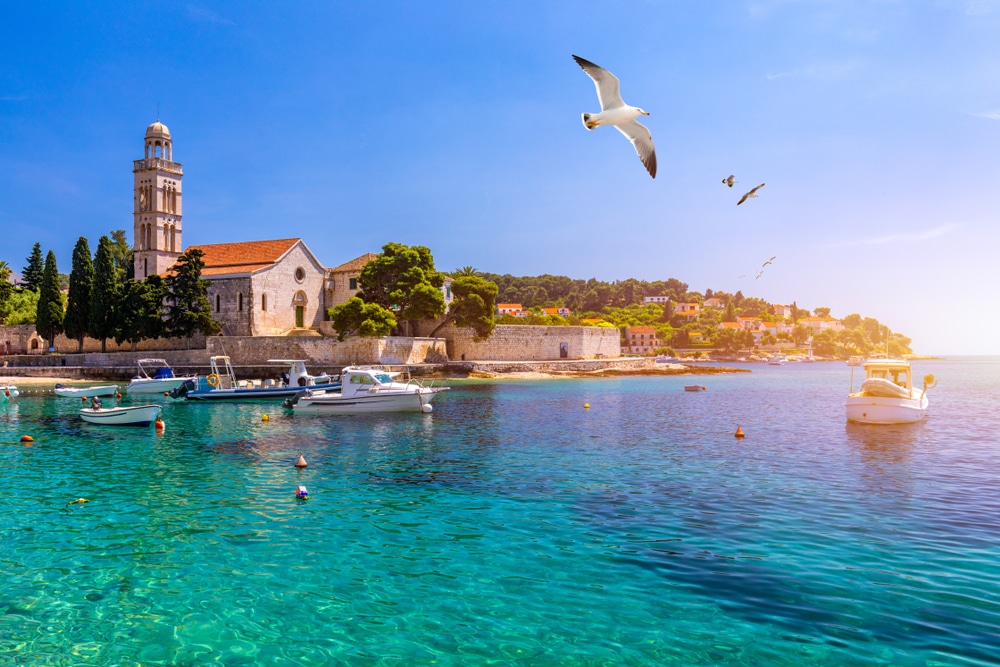
Day 6 – Brac
Brac is the highest and third largest island in the Adriatic. The white stone of Brac has been used in many famous buildings all over the world, from the palace of Diocletian in Split, to the White House in Washington. The Glagolitic stone ‘Pustinja’ Blaca is the most peculiar architectural monument on Brac. Traditional seaside pleasures are to be found in the numerous bays, on sandy beaches, which form the long, well-indented coast of Brac. The biggest attraction is Bol, the largest tourist centre on the south of the island. The beaches all have something special to offer, particularly the Zlatni Rat (the Golden Cape) spit. Its gravel promontory shifts from side to side as the wind and waves constantly change its shape.
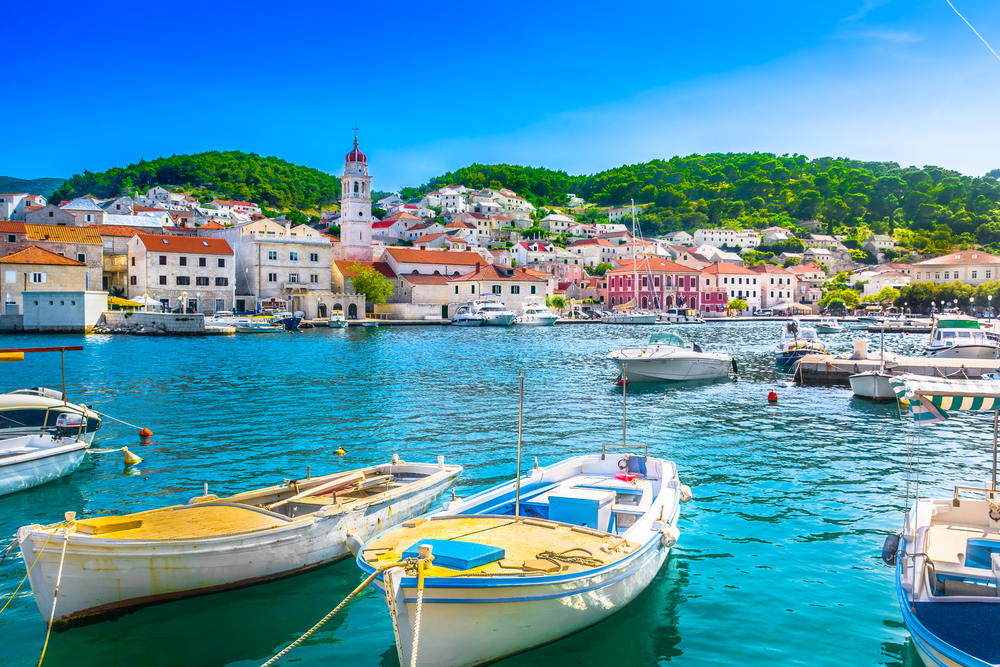
Day 7 – Dubrovnik
Return to Dubrovnik and bid farewell to unforgettable Croatia with some final time on board your yacht, before exploring Dubrovnik’s charms one last time.
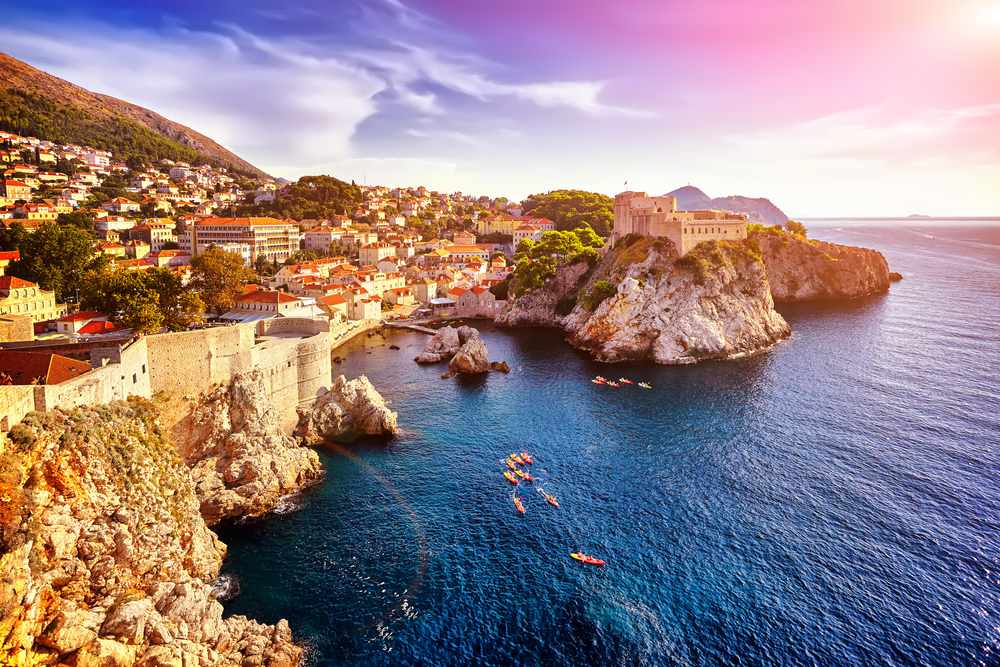
Speak to one of our expert charter brokers, we’re always here for you.
